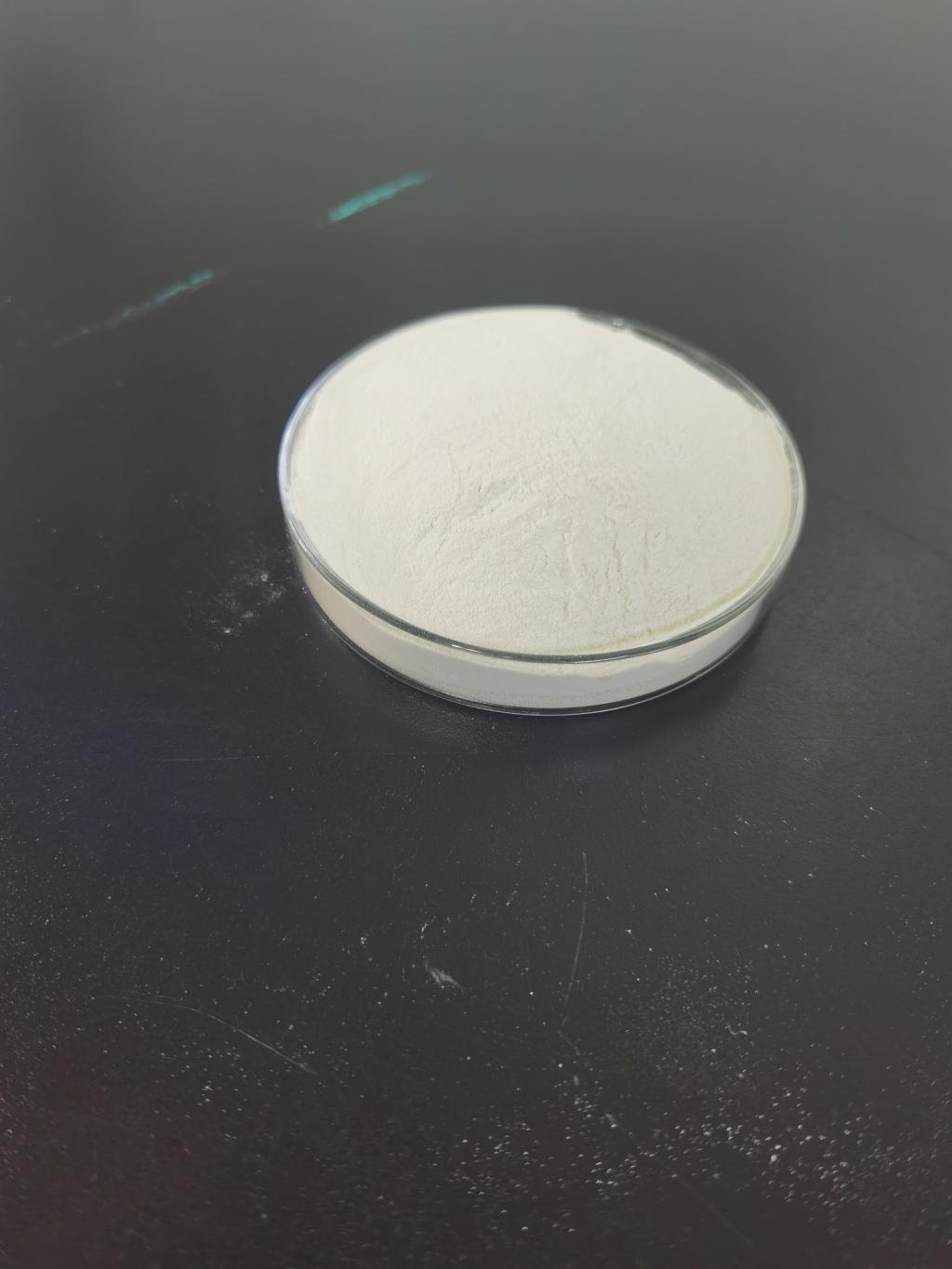Tel:0086 18231198596

News
How Nisin Disrupts Bacterial Cell Membranes.
TIME:2023-11-03
The Discovery of Nisin
Nisin was first discovered in the 1920s during the quest to find natural substances that could prevent the spoilage of food. It is produced by certain strains of lactic acid bacteria, primarily Lactococcus lactis. Nisin has since been used as a natural food preservative due to its remarkable ability to inhibit the growth of harmful bacteria, particularly Gram-positive pathogens.
Structure of Nisin
Nisin is a polypeptide consisting of 34 amino acid residues. It possesses a unique and complex structure characterized by multiple dehydroamino acids, a lanthionine ring, and a methyl-lanthionine ring. These structural features are essential for its antimicrobial activity.
Targeting Bacterial Cell Membranes
Nisin's primary mode of action involves targeting bacterial cell membranes. It selectively disrupts the integrity of these membranes, leading to the death of susceptible bacteria. This mechanism is a significant advantage, as it distinguishes between harmful bacteria and human cells, which have different membrane compositions.
The Mechanism of Action
Nisin's mechanism of action can be broken down into several key steps:
4.1 Binding to Lipid II
Nisin begins its action by binding to a molecule called lipid II, a critical component in the synthesis of bacterial cell walls. Lipid II is present in the cytoplasmic membrane of bacteria and is essential for peptidoglycan biosynthesis, a process involved in the formation of the bacterial cell wall.
4.2 Formation of Pores
Once bound to lipid II, nisin undergoes a conformational change, causing it to insert itself into the bacterial cell membrane. This insertion results in the formation of pores or holes in the membrane. These pores allow the leakage of essential ions and molecules from the bacterial cell.
4.3 Disruption of Membrane Potential
The formation of pores in the bacterial cell membrane disrupts its electrochemical potential. This disruption affects the gradient of ions, such as protons and potassium ions, across the membrane, which is essential for many cellular processes. The disturbance in the membrane potential ultimately leads to cell death.
4.4 Cell Lysis
As the pores continue to expand and accumulate, the bacterial cell loses its integrity. Water and ions enter the cell, leading to swelling and, eventually, cell lysis, where the cell bursts open. This lysis results in the death of the bacterium.
Selective Activity
Nisin's mechanism of action is highly selective, primarily targeting Gram-positive bacteria. This selectivity is attributed to differences in the structure and composition of bacterial cell membranes. Gram-positive bacteria have a single lipid bilayer as their outer cell membrane, making them more susceptible to nisin's disruptive effects.
In contrast, Gram-negative bacteria possess an additional outer membrane that acts as a barrier. This outer membrane reduces the susceptibility of Gram-negative bacteria to nisin. The outer membrane of Gram-negative bacteria is less permeable and effectively limits nisin's access to the cytoplasmic membrane, where its target, lipid II, is located.
Resistance to Nisin
While nisin is effective against a wide range of Gram-positive bacteria, some bacteria have developed resistance mechanisms. One common resistance mechanism is the modification of lipid II to make it less susceptible to nisin binding. Some bacteria also produce proteins that sequester nisin and prevent it from binding to lipid II. Understanding these resistance mechanisms is essential for developing strategies to combat nisin-resistant bacteria.
Applications of Nisin
Nisin's ability to disrupt bacterial cell membranes has a range of applications:
7.1 Food Preservation
Nisin is widely used in the food industry as a natural preservative. It inhibits the growth of spoilage and pathogenic bacteria, extending the shelf life of a variety of food products, including dairy, meat, and processed foods. Its selective activity against harmful bacteria makes it a valuable tool in food safety.
7.2 Medical Applications
Nisin's antimicrobial properties are being explored for potential medical applications. It has shown promise in combating various bacterial infections, such as those caused by Staphylococcus aureus and Streptococcus pneumoniae. Research is ongoing to develop nisin-based therapies and treatments.
7.3 Cosmetic Products
Nisin is also utilized in cosmetic and personal care products. Its antimicrobial activity can help extend the shelf life of products and prevent microbial contamination, enhancing product safety.
Safety and Regulatory Status
Nisin has been extensively studied for its safety and is generally recognized as safe (GRAS) for use in food by regulatory agencies such as the U.S. Food and Drug Administration (FDA). It has a long history of safe use in food preservation and poses minimal risk to human health when used within established guidelines.
Future Perspectives
Nisin's unique mechanism of action and selective activity make it a valuable tool for addressing bacterial infections and preserving food naturally. Ongoing research aims to expand its applications, develop nisin-based therapies, and address challenges related to resistance. As the understanding of nisin's disruptive action on bacterial cell membranes continues to evolve, it holds promise for addressing emerging challenges in food safety and healthcare, making it an exciting area of ongoing investigation.
Conclusion
Nisin's ability to disrupt bacterial cell membranes is a fundamental aspect of its antimicrobial activity. This natural peptide's mechanism of action, which involves binding to lipid II, forming pores, and ultimately causing cell lysis, distinguishes it as a selective and effective antimicrobial agent. Its applications in food preservation, medical treatments, and cosmetic products highlight its versatility and importance in various industries. As research in this field continues, nisin's potential to address bacterial infections and enhance food safety remains a significant area of interest and innovation.

 CONTACT
CONTACT




